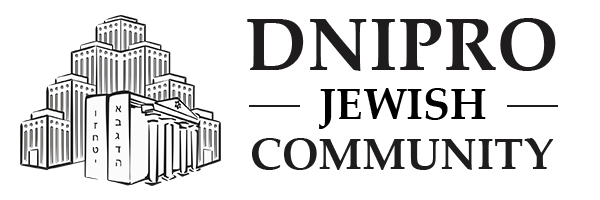In the days leading up to the 9th of Av — the day of mourning for the destruction of the Temple — Jews around the world dedicate special attention to studying the laws related to the Beit HaMikdash. This is not merely a remembrance of the past, but a step toward the future rebuilding of the Temple.
Our website continues the series of materials for study during this period — about the history, structure, and spiritual essence of the Temple.

The Three Southern Chambers
This building complex consisted of three chambers:
Lishkat Hamelach – The Salt Chamber
This chamber was used to store and prepare the salt necessary for the Korbanot (sacrifices). It was necessary to sprinkle salt on all the Korbanot offered on the Altar. They would also sprinkle the Ramp to the Altar with salt to prevent slipperiness on rainy days.
Lishkat Haparvah – The Parvah Chamber
Here they would salt and process the animal hides of the Korbanot.
On the roof was a Mikvah (ritual bath) constructed for the exclusive use of the High Priest on Yom Kippur. Some say that the man who built this chamber dug a tunnel beneath the Kodesh Hakodashim (Holy of Holies) so that he could observe the High Priest’s services there on Yom Kippur. When he was discovered, he was executed in this chamber, which was later named after him.
Lishkat Hamadichin – the Rinser’s chamber
Here they would rinse and clean the internal organs of the Korbanot. Although these animals were offered on the Altar – and not meant for human consumption, they were nevertheless rinsed and cleaned as a gesture of respect and reverence to G‑d.

The Three Northern Chambers
This roofed building contained 3 separate chambers:
(1) Lishkat Hagazit – Chamber of Hewed Stone
This chamber built with hewed stone served as the Supreme Court. Since it was forbidden to sit in the Azarah, the building was built half way in the Azarah and half way in the Cheil, and had entrances from both sides. Half of the building was built outside the Azarah where the judges would be allowed to sit.
(2) Lishkat Hagolah – The Chamber of the Well
A water wheel located in this chamber supplied a quick drink for the thirsty Kohanim. The Jews who came from the exile (Golah) dug this well.
(3) Lishkat Parhedrin – Chamber of the High Priest (Kohen Gadol)
Seven days before Yom Kippur, the High Priest would leave his mansion and family in the upper city and take up residence in this chamber. He would be instructed in the Yom Kippur service by the supreme court members and by the priestly scholars.
Parhedrin were government officials appointed for 1-year terms. This room was so named because during most of the 2nd Temple era, the High Priest who resided in this room was changed from year to year.




